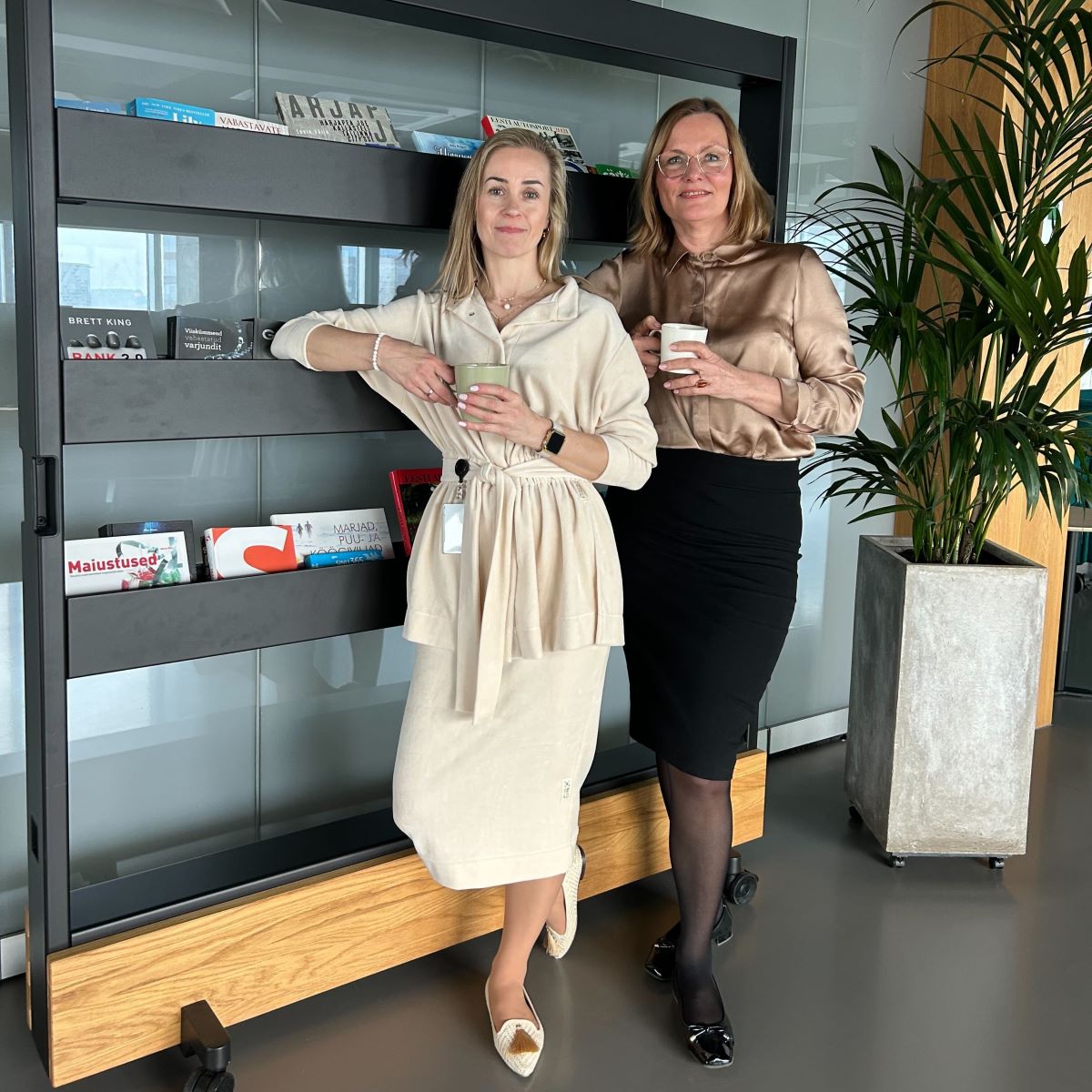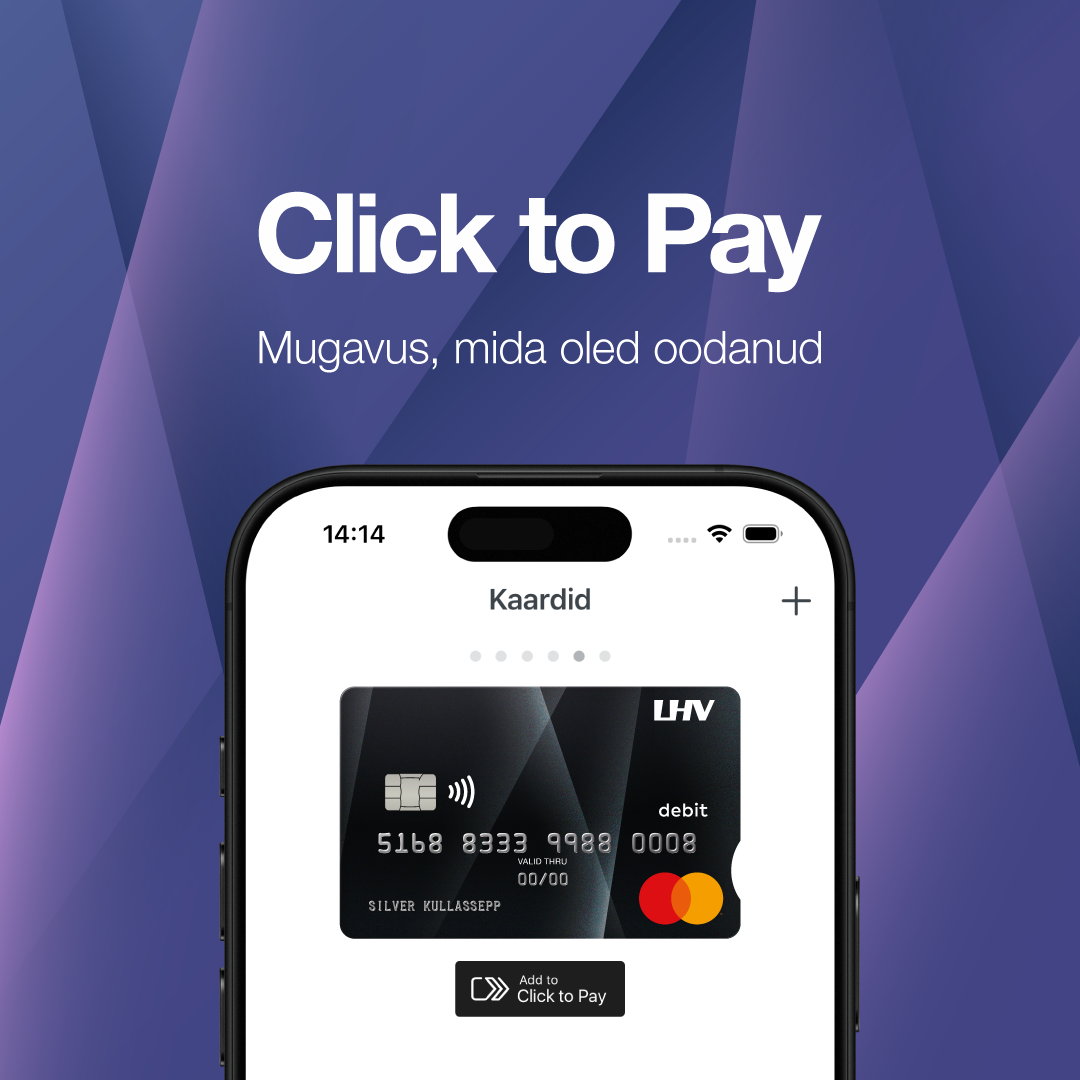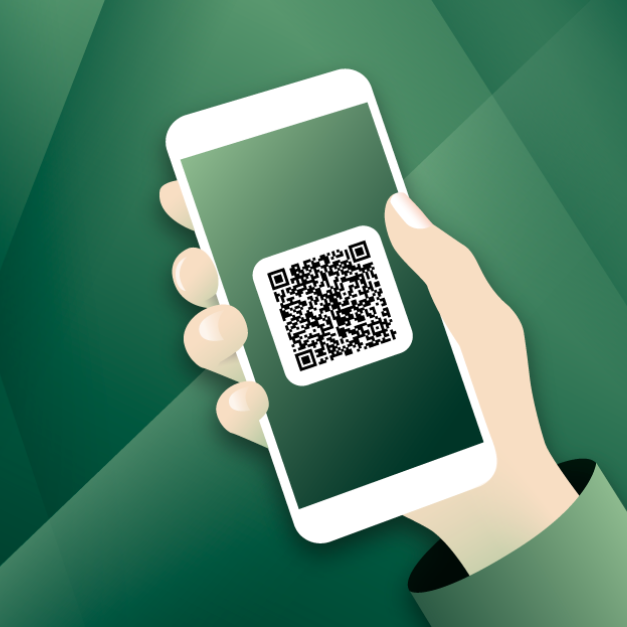
According to statistics from the Transport Administration, there were 1,730 traffic accidents in Estonia last year. In order to be compensated for damage, it is important to record even the most minor of accidents correctly. Alver Kivirüüt, Head of the Products Department at LHV, shares the principles to keep in mind.
- Make sure that you and others are safe.
Before you start recording the circumstances of a traffic accident, ensuring everyone’s safety is the top priority. If anyone has been injured in the accident, or if there is a fire or risk of environmental pollution, call the Emergency Response Centre on 112. In the case of a collision with a wild animal, notify the Emergency Response Centre on 112, or the Environmental Board on the hotline 1247.
- If no one is injured and culpability is known, it is possible to record the situation yourself.
If no one is injured in the traffic accident and the person at fault is known, the accident can be recorded on the Estonian Motor Insurance Bureau website. If it is not possible to report an accident electronically, you should use the traffic accident report form available at major petrol stations – however, it is a good idea to carry one in the car as well. If you do not have this form, you can write down the circumstances of the incident on paper: in this case, be sure to include a description of the incident, the names and contacts of the parties involved, details of the vehicle(s), the location of the incident, and the person who caused the accident. It is important to remember that all information must be confirmed by the parties with their signature. You should also take as many photos as possible of the scene and of the vehicles.
If you are the aggrieved party in the traffic accident, you do not have to notify your motor own damage insurance provider of the incident – the damage will be covered under the motor third-party liability insurance contract of the vehicle that caused it.
- If you have caused the damage, inform your motor third-party liability insurance and motor own damage insurance provider.
If you have caused the damage, your motor third-party liability insurance provider will cover the damage. If your own vehicle has also been damaged in the traffic accident, your motor own damage insurance provider will cover the damage. If you require help immediately, you should call the roadside assistance of the relevant insurance provider. If you do not need immediate assistance, you should notify the insurer at the first opportunity – this can usually be done via the insurer’s website or the contact details in the contract.
- If someone is injured or there is a disagreement over culpability, you must call the police.
If a third party has suffered damage as a result of the accident, the police must be informed immediately. The police must also be called if the parties to the traffic accident cannot agree on who caused it. It is important to remember that motor third-party liability insurance is compulsory in Estonia, and the absence thereof does not exempt the driver who caused the accident from liability: if it turns out that the damage was caused by a vehicle without motor third-party liability insurance, the repair costs will be covered by the Estonian Motor Insurance Bureau, and the costs will then be recovered from the person who caused the damage.
- If the traffic accident involves a single vehicle, notify your motor own damage insurance provider.
If only your own vehicle has been damaged and there are no other parties involved in the incident, you should report the damage to your motor own damage insurance provider. The more information you provide to the insurance provider, the easier and faster the loss adjustment will be. If you are not sure what to do in the event of an accident, it is worth contacting your insurance provider or calling the Emergency Response Centre.




